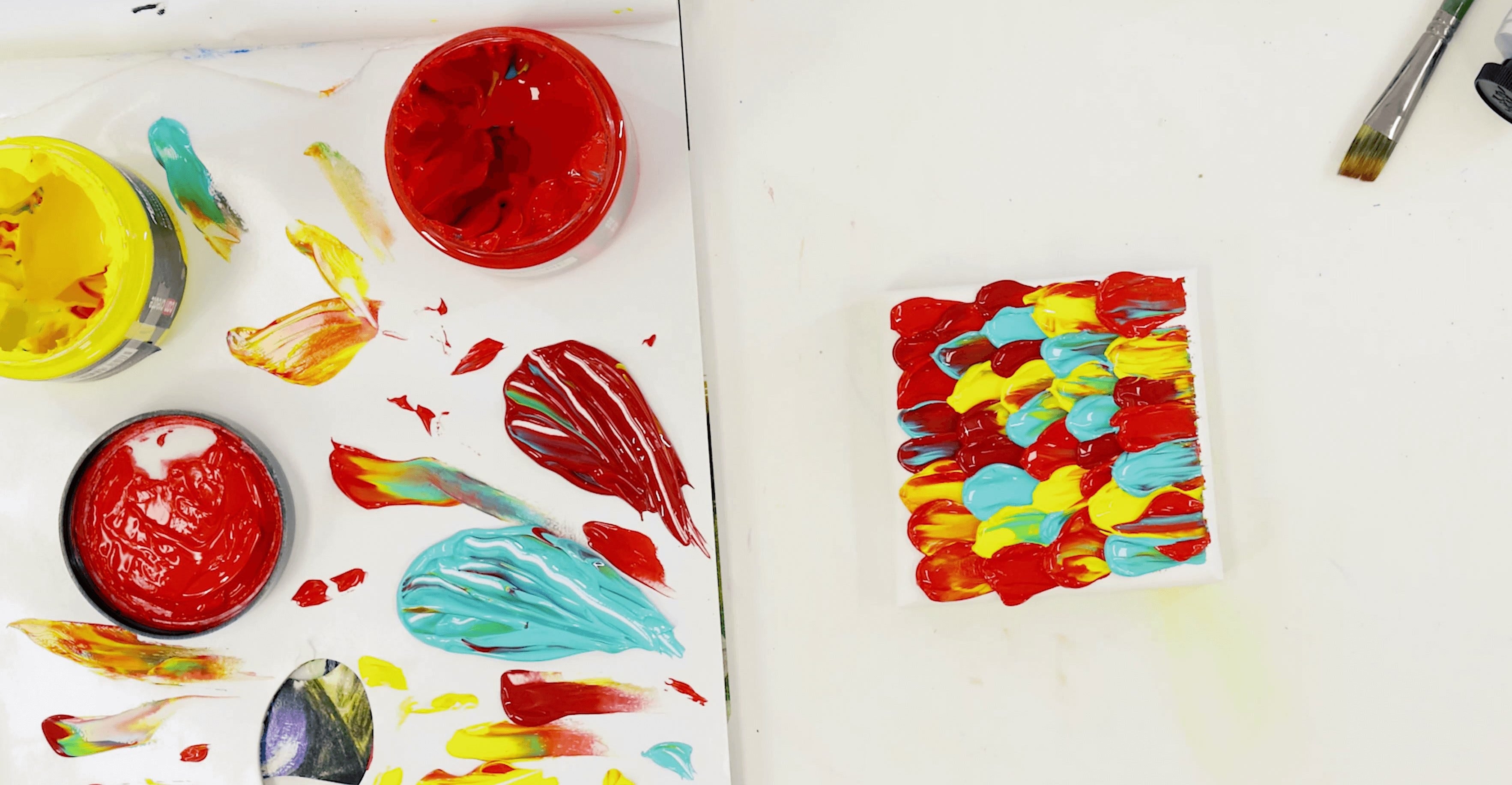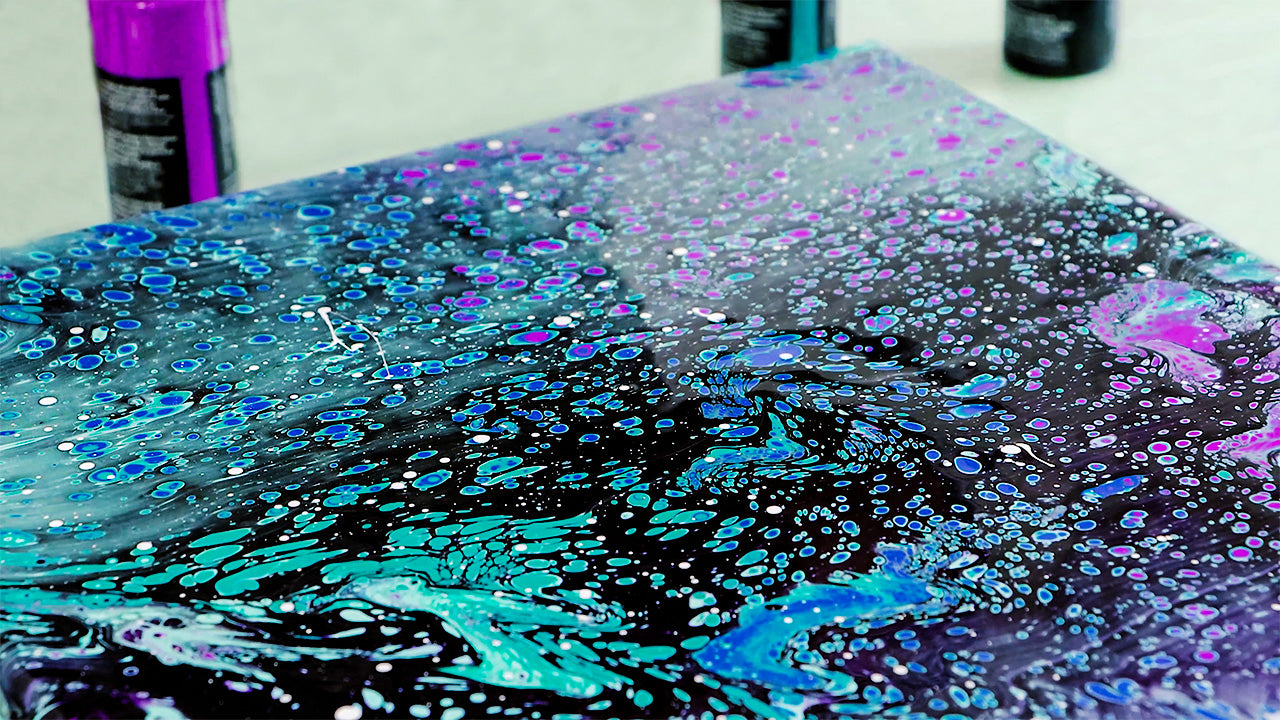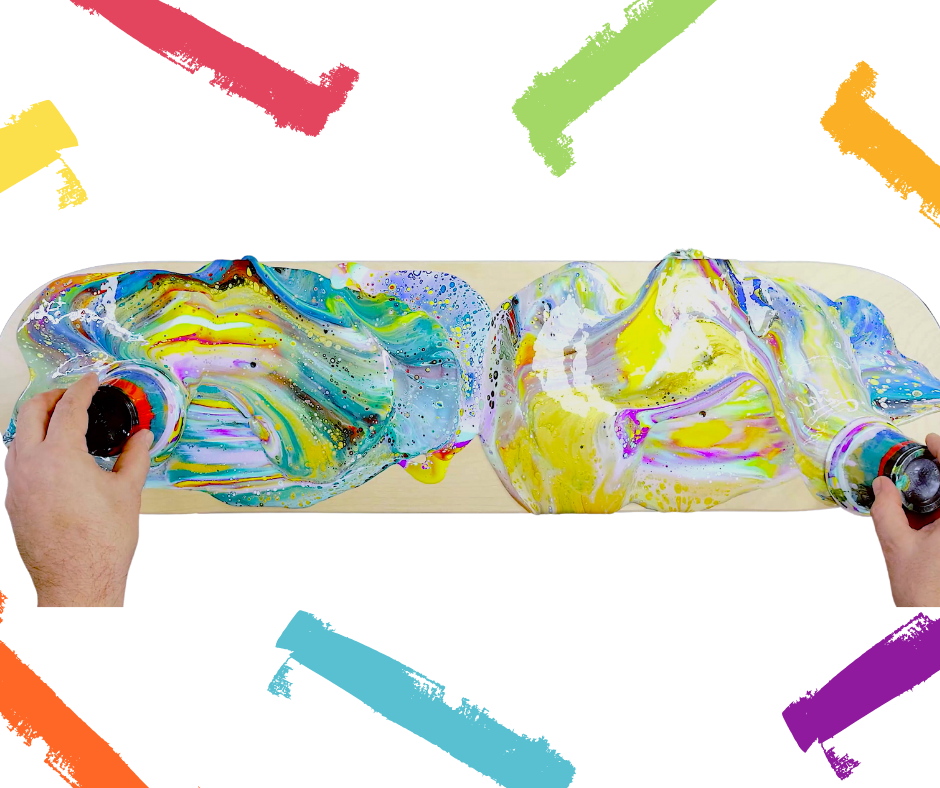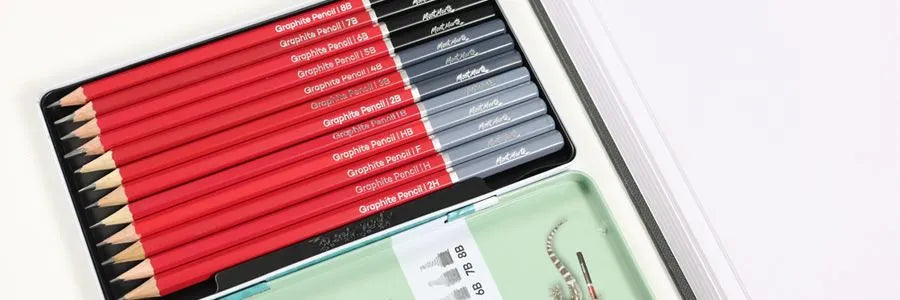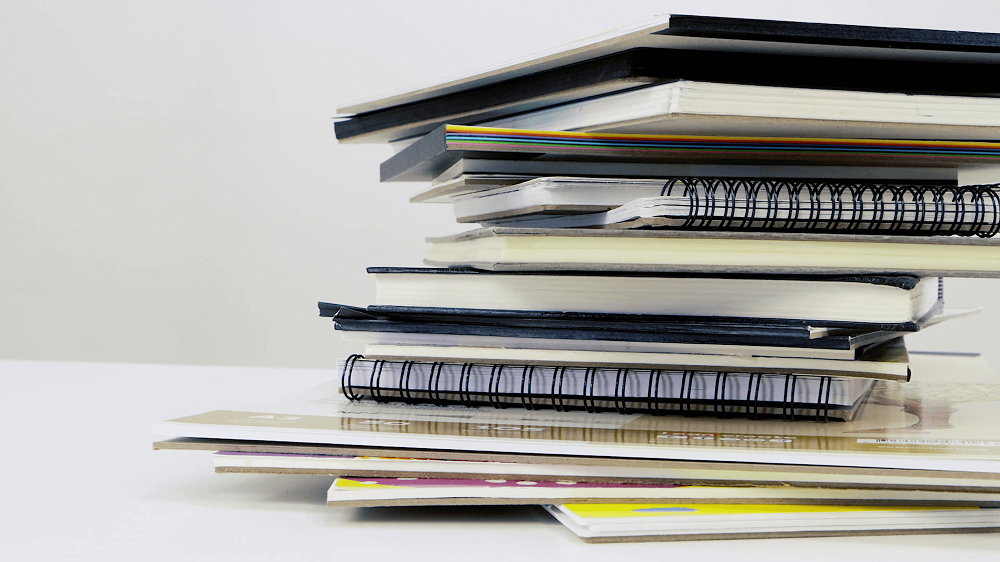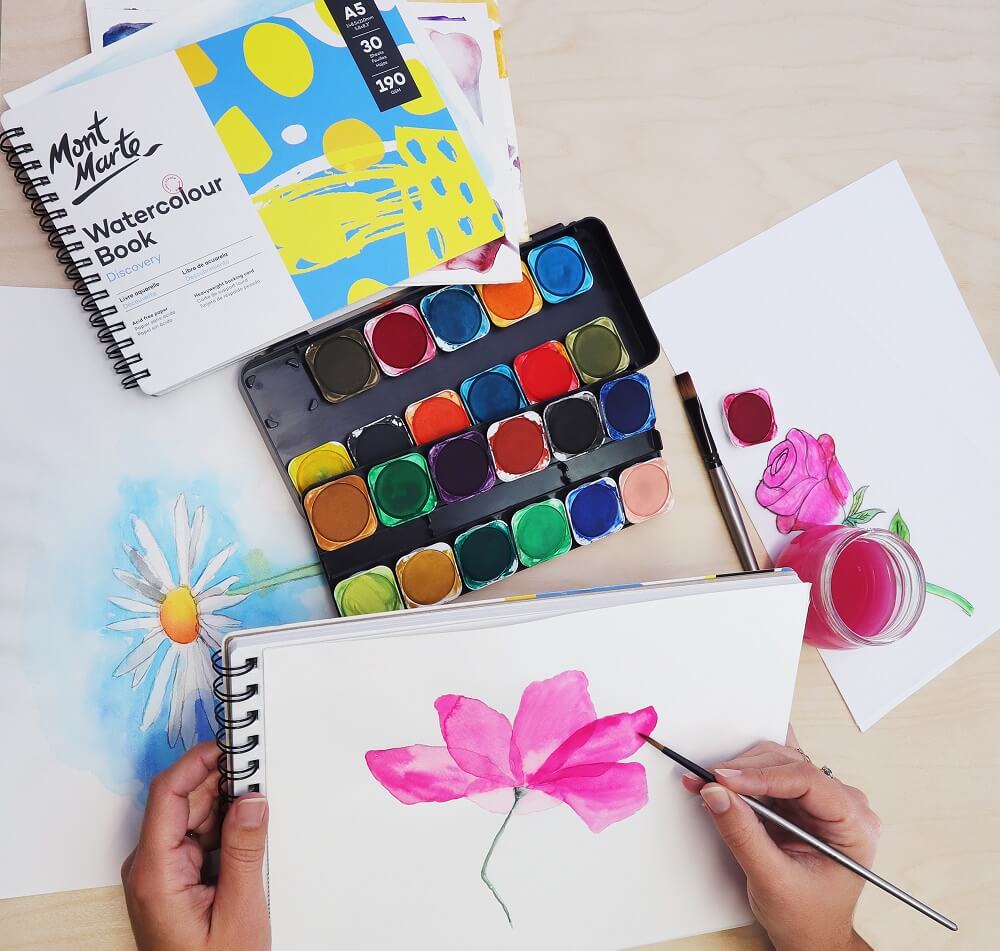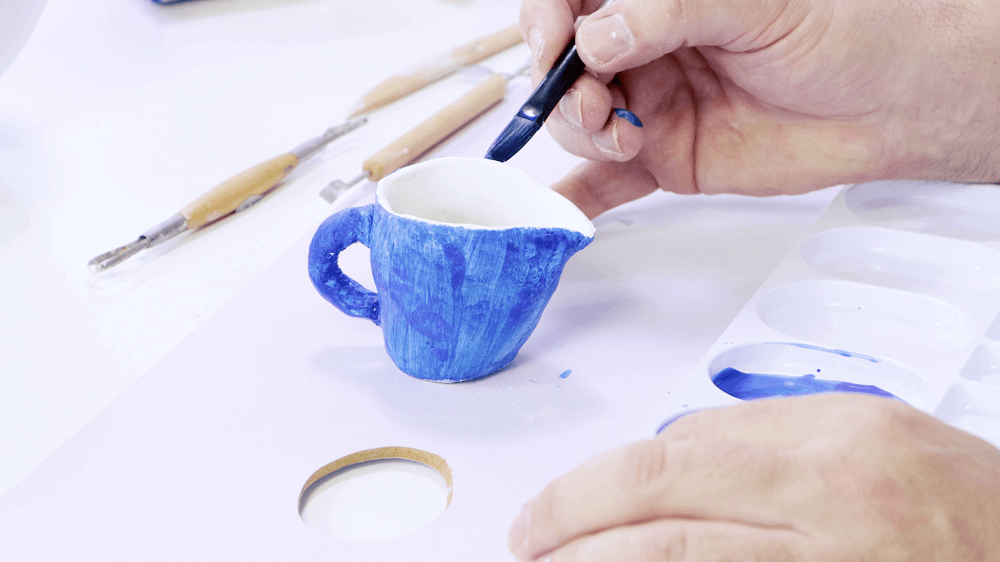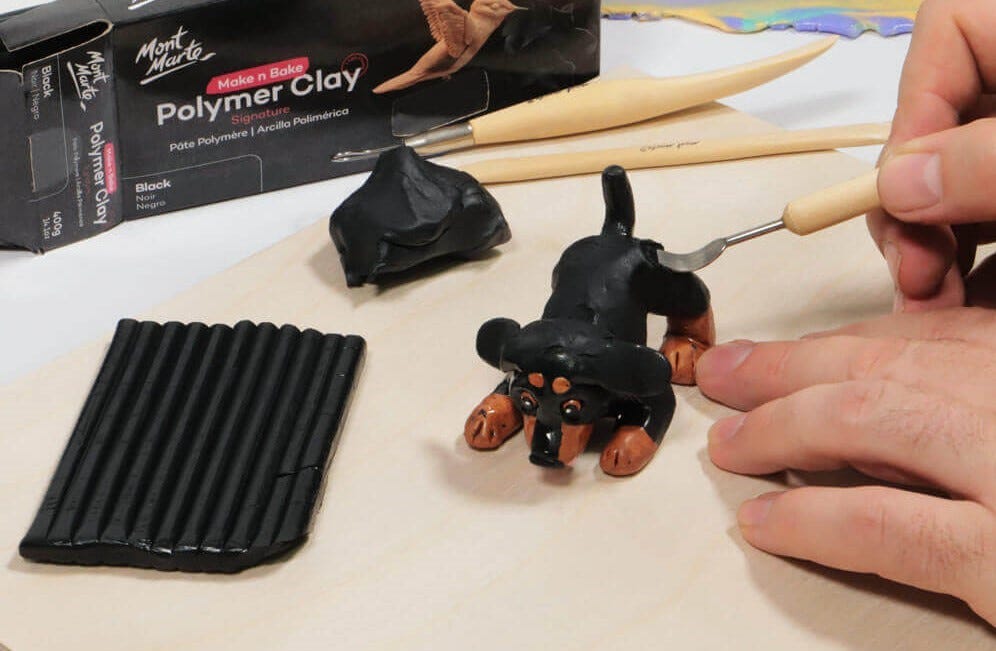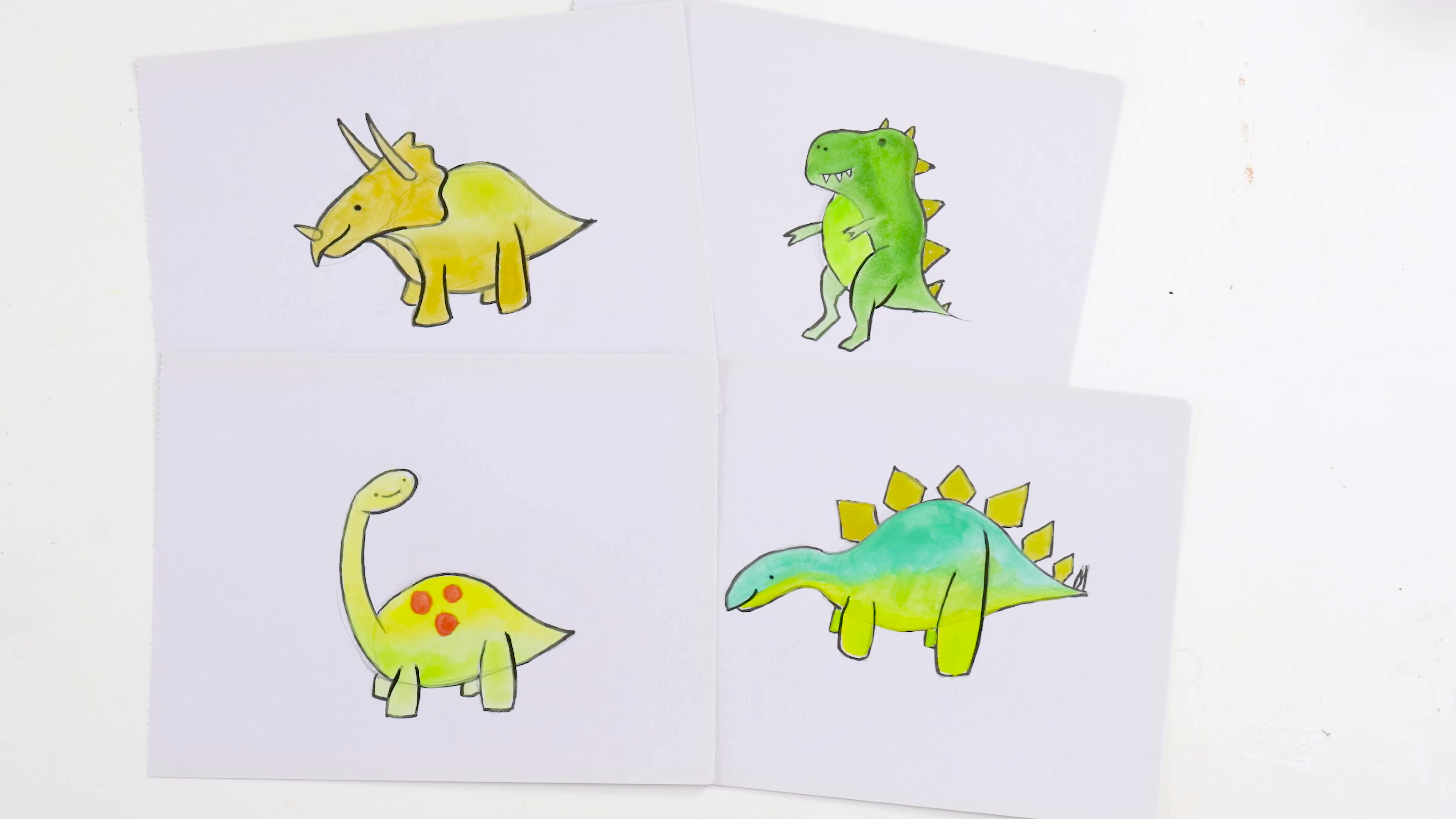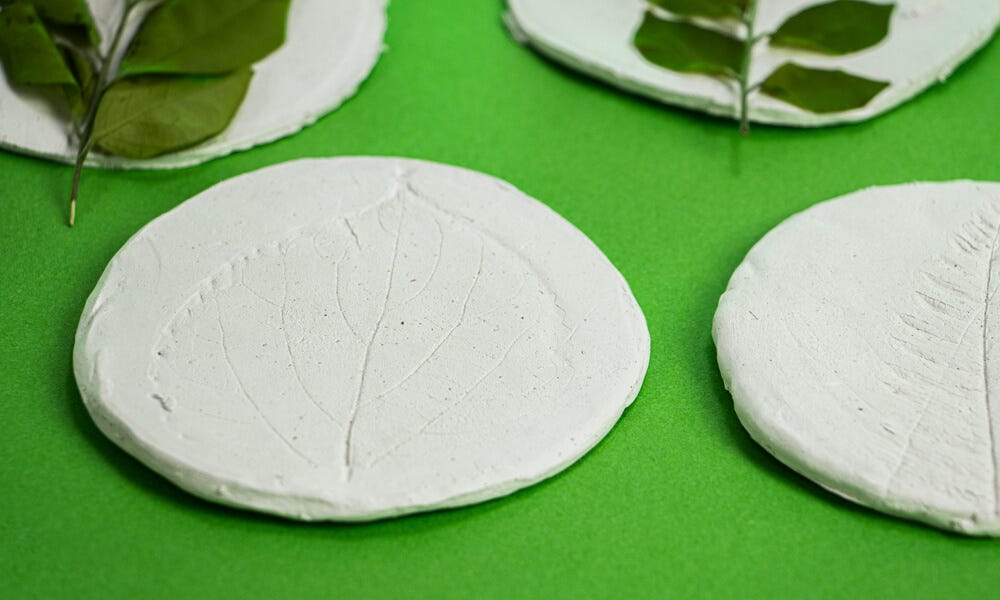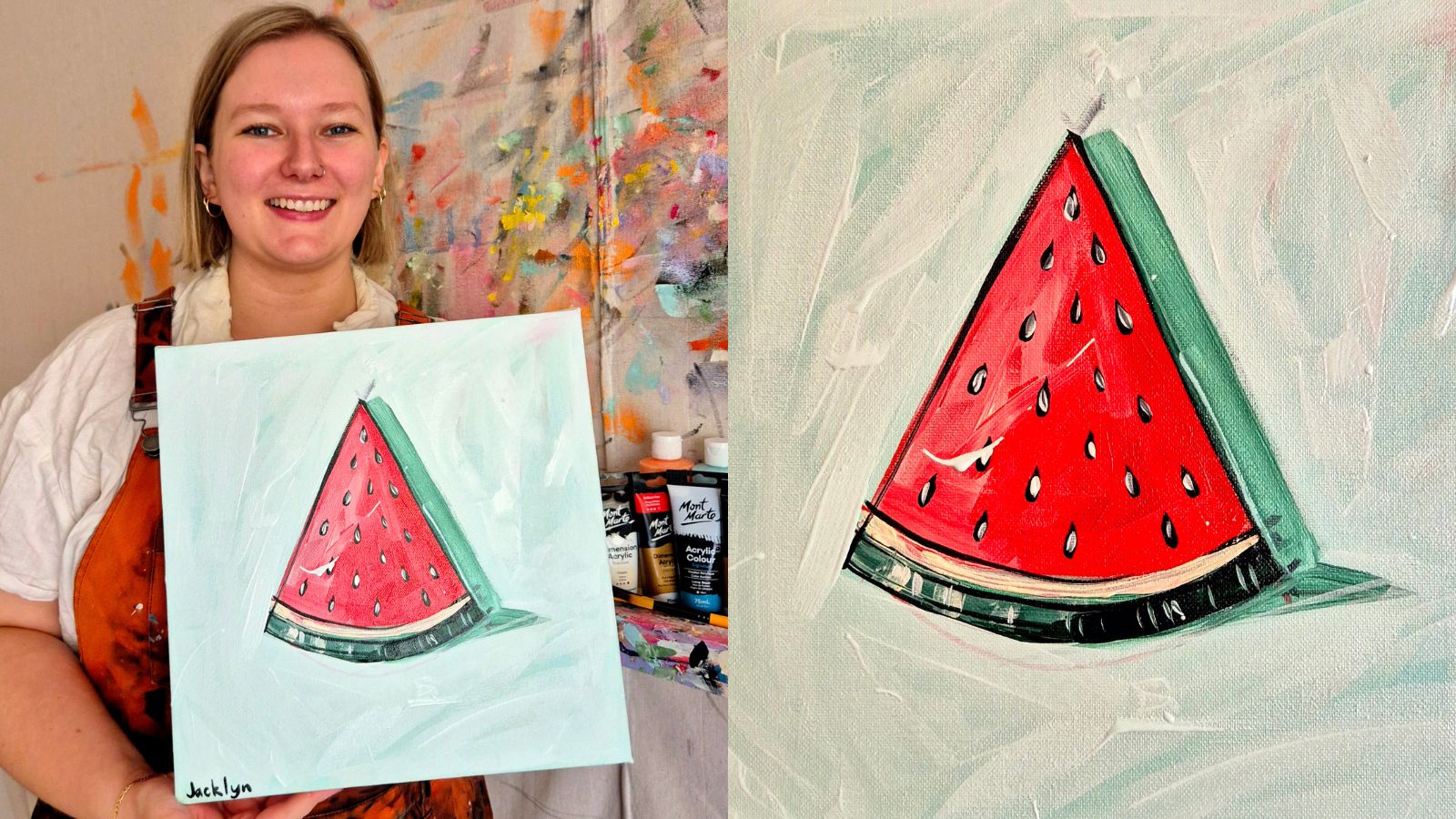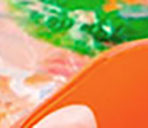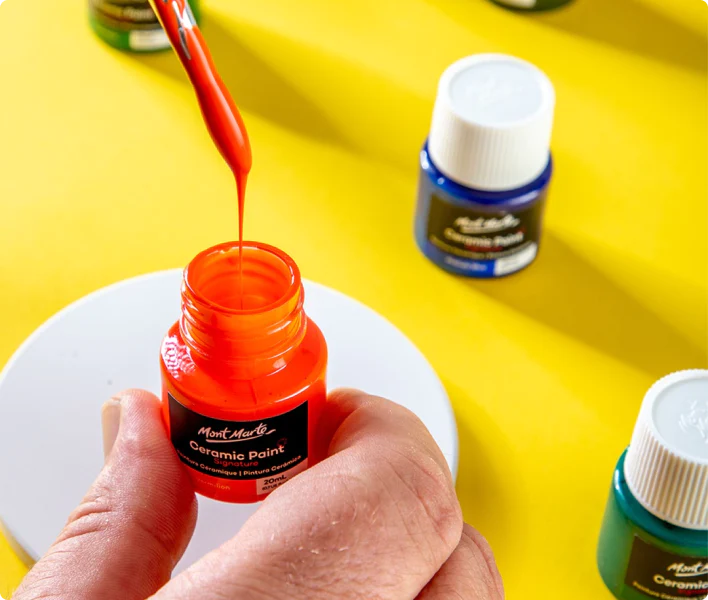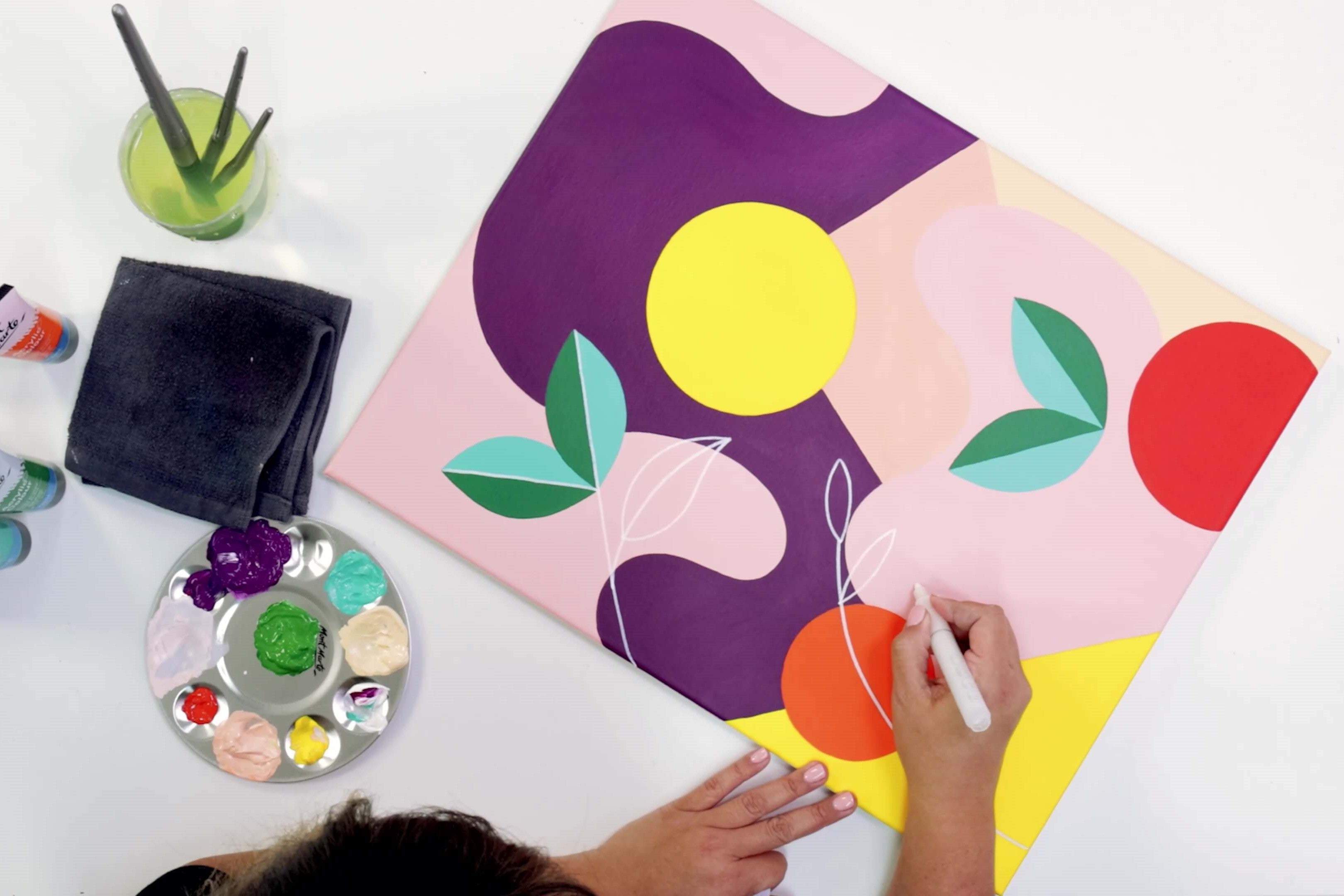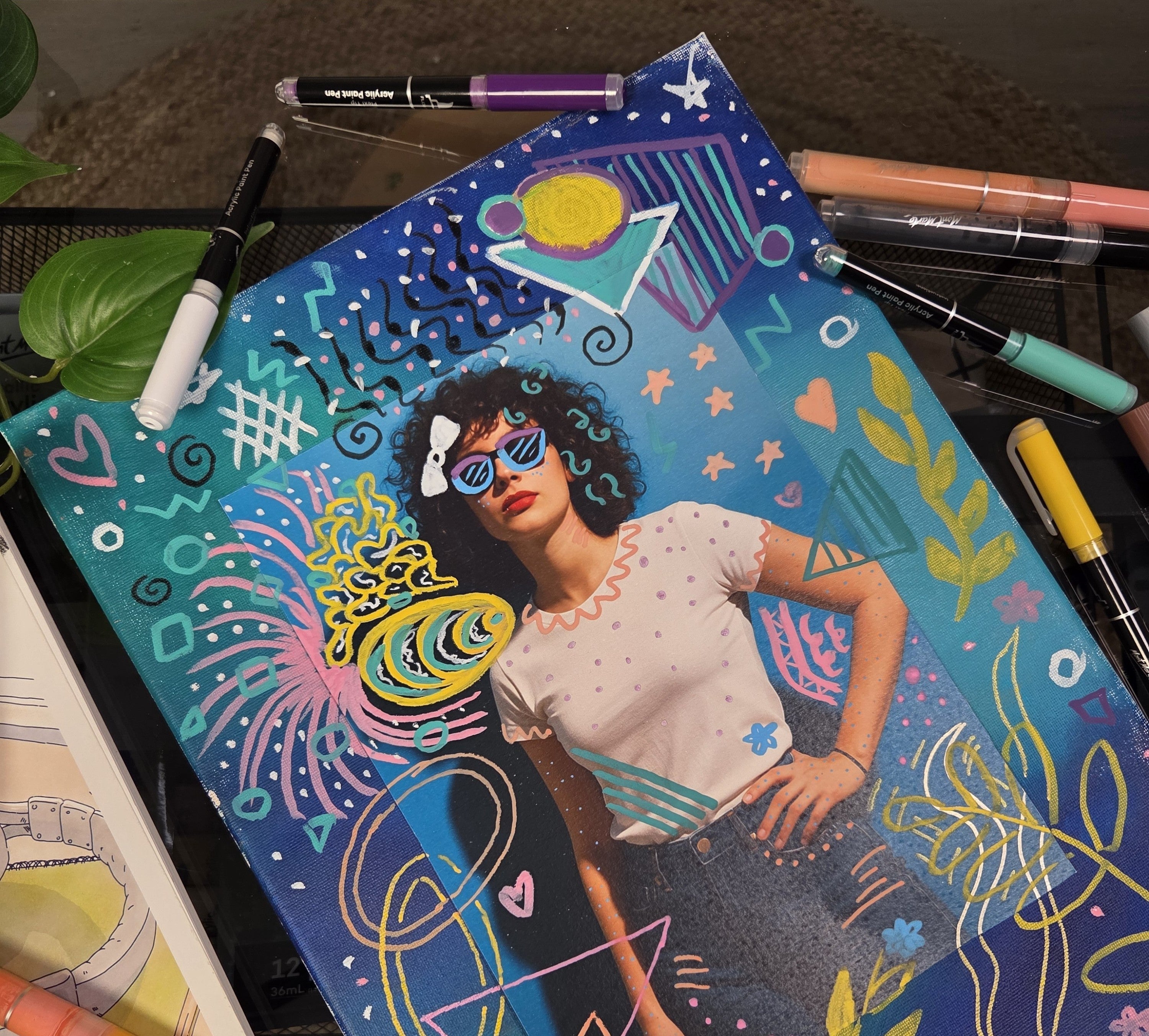If you’re not too confident with acrylic mediums and how to use them, you’ve come to the right place. Acrylic paints are already pretty versatile, but with a little help from acrylic mediums, they can do so much more. Whether you’re after thick, frosting-like textures, slow-drying paint for blending, or a glossy, smooth finish, mediums can help you get there. If you’re new to the world of acrylic mediums, don’t worry – we’ve got you covered with these beginner-friendly FAQs!
1. How do I make that paint that looks like frosting?

If you love the idea of painting with buttery, textured strokes that stand out from the canvas, you’re going to want a heavy-body acrylic medium like Impasto or Modelling Paste.
Impasto keeps your colours rich while adding thickness. Just mix some into your paint, and you’ll get that creamy, spreadable texture – like icing a cake!
Modelling Paste is even thicker and dries hard, so you can build up some serious dimension. It’ great for palette knife work or dramatic brushstrokes but it’s got an opaque white finish so it will tint your paints when mixed. You can always lay down your texture with Modelling Paste first, let it dry, then paint over the top if you’re after a vibrant finish!
Want a DIY hack? Some artists mix a little cornstarch into their paint for a homemade thickening effect. It’s not as durable as the real deal, but it can be fun to experiment with!
2. My acrylic dries too fast! Can I fix that?

Acrylics are known for drying fast, which is great when you’re impatient (guilty!), but not so great when you want more time to blend. Enter retarder medium – a game-changer for slowing down the drying time.
Just mix a small amount of Acrylic Retarder into your paint, and voilà – you’ve got a bit more wiggle room to blend and work with your colours before they set. If you don’t have retarder on hand, try:
- Misting your palette with water to keep your paint wet longer
- Using a stay-wet palette (or DIY one with a damp sponge and baking paper)
- Working in a cooler or more humid space – warm, dry air speeds up drying!
3. How do I make my acrylic paint glossy?

For a sleek, shiny finish, Gloss Gel Medium is your best bet. It keeps the consistency and vibrancy of your paint the same giving it a rich sheen. Sometimes watching your paint dry to a semi-matte finish can change the overall effect, so it’s handy to keep a gloss medium on hand to keep it shiny.
If you’re after something to create a glassy finish, try layering a Gloss Acrylic Varnish over your finished piece. This seals everything and adds an extra level of shine with a thick, glassy topcoat.
Bonus tip: If you’re using gloss mediums, mix them in gradually—too much at once can make your paint too runny!
4. How to make acrylic paint see-through?

Yep! To create that soft, layered look, you’ll want a matte or gloss medium to thin your paint without watering it down.
Gloss Medium gives you sheer, buildable colours with a shiny finish, while Matte Medium does the same with a natural, no-shine finish. Both mediums thin the paint’s consistency for smoother flow while making it more transparent for watercolour and glazing effects.
If you’re in a pinch, adding a bit of water can do the job too, but too much can break down the paint’s structure.
5. How to make acrylic paint look like oil?

While you can’t mimic oils exactly, you can get close by using mediums to make acrylics to more rich and buttery. Try using these mediums to get closer to oils with a little less drying time!
- Acrylic Retarder slows drying time a bit, so you have more time to blend colours, just like oils
- Impasto thickens your paint for a more luxurious, textured application without dulling the colour
- Gloss Gel Medium keeps flow smooth and colours shiny, making your painting look oh-so smooth
You’ll still get that vibrant acrylic finish, but with way more workability – best of both worlds!
6. Can you DIY acrylic pour paint?

Technically, yes, but you’ll have a much easier time if you mix in a Pouring Medium. Regular acrylic paint is a bit too thick for fluid art and won’t create those smooth flowing patterns unless it’s thinned properly.
Here’s what pouring medium does:
- Thins the paint while keeping the colours rich and vibrant
- Helps prevent cracking or crazing when the paint dries
- Creates that ideal even finish that makes poured art look so cool
You can also pick up some Silicone Oil to mix into your pouring paints so that as they overlap and combine on the canvas, cells appear. Finding the best mix for you can take a little time and practice but that’s honestly part of the fun!
If you’ rather skip the mixing, we have loads of Pouring Paint you can choose from, including our iconic SuperCell range – ideal for making cells!
7. Can you use acrylics as crafting mediums?

Absolutely! Mediums aren’t just for fine art—they can add cool effects to all kinds of DIY projects.
- Fabric Medium lets you turn regular acrylics into fabric paint for custom tees or tote bags
- Gesso primes surfaces like wood, cardboard, or even paper, and canvas so your paint sticks better on a smoother, even surface
- Texture mediums (like Sand Texture Medium or Impasto) can create raised designs on furniture, decorations, or mixed media art
Basically, if you can dream it up, there’s probably a medium to help you pull it off!
Acrylic mediums can feel like a mystery at first, but once you get the hang of them, they’re a game-changer for your creativity. Whether you want thick, textured paint, super smooth blends, or an extra-glossy finish, there’s a medium to help make it happen.
So, grab some paint, experiment with a few, and see what new effects you can create. Who knows? You might just find your next favourite painting technique!
If you do get creating at home, #montmarteart or tag us @montmarteart on Instagram or Facebook. We’re excited to see what y’all create!
Stay up to date with the latest Mont Marte news, info, products, projects, and more by subscribing to Creative Connection down below. Simply enter your email to get loads of free art lessons and inspo sent straight to your inbox.


